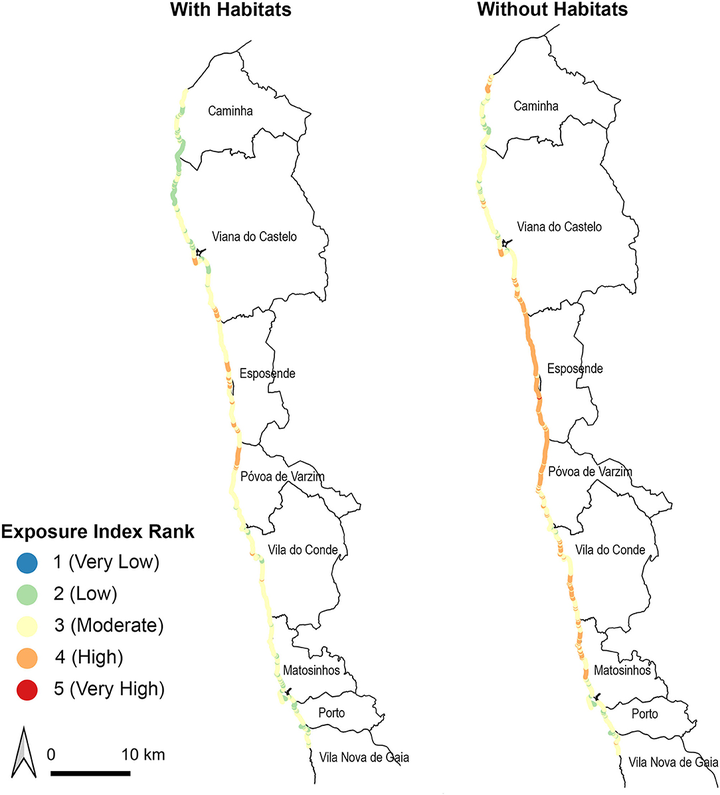Importance of Protection Service Against Erosion and Storm Events Provided by Coastal Ecosystems Under Climate Change Scenarios

Abstract
Increasing sea level rise (SLR), and frequency and intensity of storms, paired with degrading ecosystems, are exposing coastal areas to higher risks of damage by storm events. Coastal natural habitats, such as dunes or saltmarshes, can reduce exposure of coastlines to these events and help to reduce the impacts and the potential damage to coastal property. The goal of our study was to evaluate the current vulnerability of the Portuguese northern coast to erosion and flooding caused by extreme events and to assess the contribution of natural habitats in reducing both vulnerability and property damages considering SLR scenarios. The Integrated Valuation of Environmental Services and Trade-offs (InVEST) Coastal Vulnerability model was used to produce an Exposure Index (EI) for the northern Portuguese coastline, for the current situation, and for future International Panel for Climate Change (IPCC) scenarios Representative Concentration Pathway (RCP) 2.6, RCP4.5, and RCP8.5, considering the presence and absence of coastal habitats. Results showed an increase in exposure with rising sea levels and expansion of high vulnerability areas. Coastal habitats contributed to a 28% reduction of high exposed segments for the Current scenario, corresponding to a potential reduction of coastal property damage of 105 M€ during extreme events. For the SLR scenarios, coastal habitats could potentially reduce the amount of property damage by 190 M€ in 2050 and 285 M€ in 2100, considering RCP8.5 projections. This study highlighted the importance of natural habitats in protecting vulnerable coastlines and reducing the potential damages to properties from flooding. Such results can be incorporated in management plans and support decision-making toward implementing an ecosystem-based approach to increase the resilience of coastal communities to cope with future environmental changes.